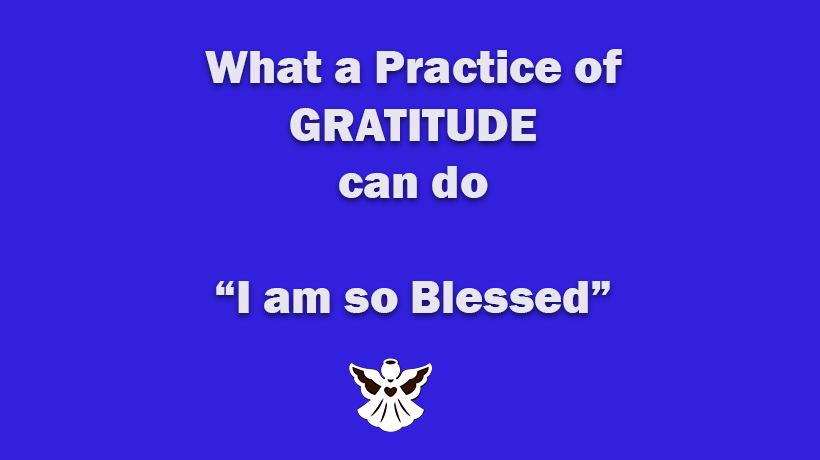Research shows that experiencing gratitude enhances the quality of our lives. And what better time to start practicing gratitude than during the holidays?
In Robert Emmons’s book, Thanks!: How the New Science of Gratitude Can Make You Happier, his studies indicate that practicing gratitude on a daily basis results in higher levels of alertness, enthusiasm, determination, optimism, and energy.
In addition, those who practice gratitude:
- Experience less depression and stress
- Are more likely to help others
- Exercise more regularly
- Make greater progress on personal goals
Other benefits of practicing gratitude include:
- Increased creativity
- A quicker recovery from adversity
- A healthier immune system
- Stronger social relationships
Practicing gratitude does not require a perfect life. It simply means that you are consciously looking for things to be thankful for on a daily basis.
Here are some practical steps you can take to practice gratitude:
1. Create a journal—hard copy or on your computer.
2. For one week take 5 or 10 minutes—at the beginning or end of your day—and ask yourself the following questions:
- What am I grateful for?
- Whom am I grateful to? Whom should I say “thank you” to? Why?
- What have I been able to accomplish?
- Who or what is the source of that accomplishment?
- Whom can I acknowledge? And for what?
- What can I acknowledge myself for?
3. After a week of practicing gratitude, jot down any changes you have seen in the areas of creativity, happiness, well-being, and progress towards goals. Also, note anything you’ve discovered about yourself and others since starting the practice.
After you see firsthand the benefits of this, I invite you to commit to a daily practice of gratitude for the rest of this year. (It takes 21 days to establish a new habit, according to one expert.) After that you may want to continue the practice indefinitely!
If you take on this gratitude practice I promise it will make a major difference in your life.
—Ilene Fischer, Partner, Mark Kamin and Associates



